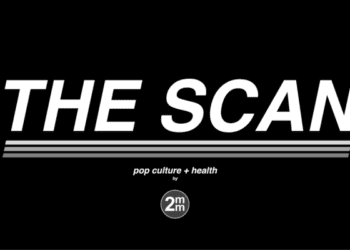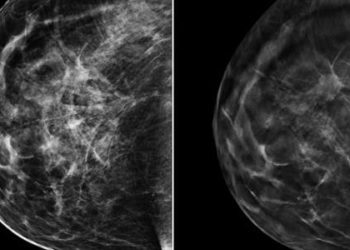Gonadotropin-releasing hormone analogs protect against premature ovarian insufficiency in breast-cancer patients treated with chemotherapy
1. The chemotherapy-only treatment group had a greater number of patients with premature ovarian insufficiency
2. Overall survival and tumour-free survival were higher in patients under 35 years old who were receiving chemotherapy with adjunct GnRHa
Evidence Rating Level: 1 (Excellent)
Study Rundown: The role of gonadtropin-releasing hormone analogs (GnRHa) for preserving ovarian function during treatment for breast cancer with chemotherapy is unclear. This study explored the impact of adjunct GnRHa on adult premenopausal female patients with breast cancer being treated with chemotherapy. The primary outcome was the rate of premature ovarian insufficiency (POI) at one year after chemotherapy, as determined by anti-Mülllerian hormone (AMH) levels of 0.5ng/mL or less. Secondary outcomes included overall survival (OS) and tumour-free survival (TFS). 345 women were randomly allocated in a 1:1 ratio to receive chemotherapy with or without GnRHa; 330 were included in the primary analysis. There were significantly more women in the chemotherapy-only group as compared to the GnRHa group who were identified as having POI at one year. There were no significant differences between the two groups for OS or TFS at 4 years, but there were significantly better outcomes for both measures in the GnRHa group when considering patients less than 35 years old. Limitations to this study include unclear applications to fertility after chemotherapy as it did not measure post-treatment fertility. This study also did not compare differences in the two GnRHa formulations provided (goserelin and leuprorelin). Overall, adult female patients with breast cancer receiving chemotherapy with adjunct GnRHa have a reduced risk of POI than those receiving chemotherapy-only.
Click to read the study in JAMA Oncology
Relevant Reading: Protective effect of goserelin on ovarian reserve during (neo)adjuvant chemotherapy in young breast cancer patients: a prospective cohort study in China
In-Depth [ randomized controlled trial]: This phase 3, open-label, randomized superiority clinical trial conducted at 2 hospital centres located in China randomly allocated 345 adult female patients with operable stage I to III breast cancer to receive chemotherapy with or without GnRHa and 330 were included in the primary analysis (n = 165 for each group). The primary outcome was POI measured at one year post-treatment with chemotherapy and was measured using AMH levels. A result of 0.5ng/mL or less was indicative of POI. Both OS and TFS were secondary outcomes. The mean (SD) AMH for the chemotherapy group receiving concurrent GnRHa was 1.84 (1.30) ng/mL while level for the chemotherapy-only group was 1.78 (1.10) (t = 0.476, P = 0.63). After removing 19 patients from the GnRHa group and 10 from the chemotherapy-only group who were identified as having AMH less than 0.5 ng/mL at study start, the difference in POI between the two groups was calculated. At one year, the mean (SD) AMH was 1.68 (1.29) mg/mL in the group receiving GnRHa and 1.04 (1.24) mg/mL in the chemotherapy-only group. A total of 15 patients in the GnRHa group and a total of 69 patients in the chemotherapy-only group were identified as having POI (absolute difference, 34.2%; OR, 0.231; 95% confidence interval (CI) 0.139-0.385; P<0.001). OS at 4 years in the GnRHa group was 96% while it was 97% in the chemotherapy-only group. TFS at 4 years was the same in both groups at 85%. No significant differences were found between the groups for either OS or TFS, however, when considering only patients under 35 years old, the GnRHa group had significantly better OS (100% vs 81%; P = 0.01) and TFS (93% vs 62%; P = 0.004) than the chemotherapy-only group.
Image: PD
©2022 2 Minute Medicine, Inc. All rights reserved. No works may be reproduced without expressed written consent from 2 Minute Medicine, Inc. Inquire about licensing here. No article should be construed as medical advice and is not intended as such by the authors or by 2 Minute Medicine, Inc.







